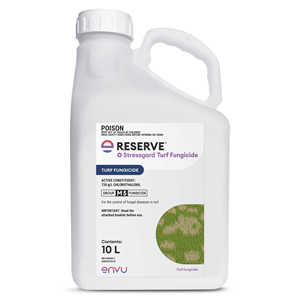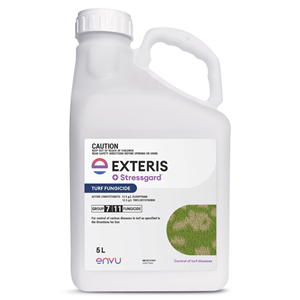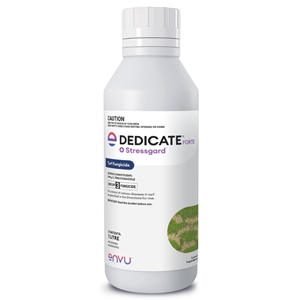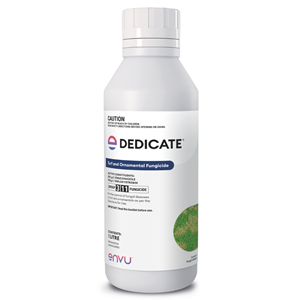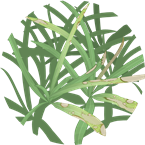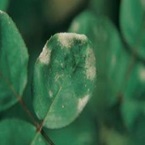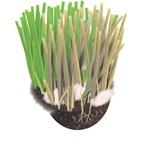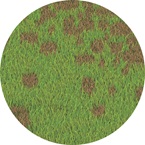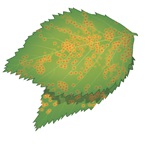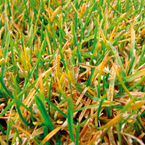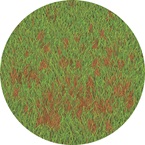Species category: Leaf & Stem Diseases
Scientific name: Sclerotinia homeocarpa
What is Dollar Spot?
The first symptoms of Dollar Spot are small, circular and sunken patches on the turf. These patches are usually smaller than 6–7 cm in diameter and a pale, bleached colour, as a result of straw-coloured lesions that run down the blade. As the disease becomes more severe the patches merge into larger irregular shapes.
It will appear on most cool and warm season grasses. Often, in the presence of dew, the mycelium may be seen as a cottony thread across the surface of the blades of grass when the disease is active. As the leaves dry, the mycelium disappears. This cottony thread is often confused with those produced by other diseases.
When does Dollar Spot occur?
Dollar Spot typically occurs on intensively managed turf such as golf greens, fairways or other playing surfaces such as bowling greens.
It flourishes in warmer temperatures, so is often present during the spring, autumn and milder summer months. Temperatures ranging from 15–30°C are favourable with extended periods of high humidity in the turf grass canopy necessary for development. Warm, humid weather with cool nights that produce heavy dews are ideal for disease development.
Dollar spot is particularly severe in turf grass grown with low nitrogen fertility. Soil pH has little or no effect on dollar spot severity.
What damage or effect will Dollar Spot have?
Quality of a playing field is affected by dark and sunken patches which become widespread across the turf. The aesthetics can be ruined and in severe cases, grass coverage is reduced with uneven surfaces breaking ball roll and making play difficult.
How to eliminate Dollar Spot in Turf
Envu recommends using a Turf Fungicide: Chipco GT, Dedicate, Bayfidan or Banol to eliminate Dollar Spot from all turf grasses (predominantly golf and bowling greens).

